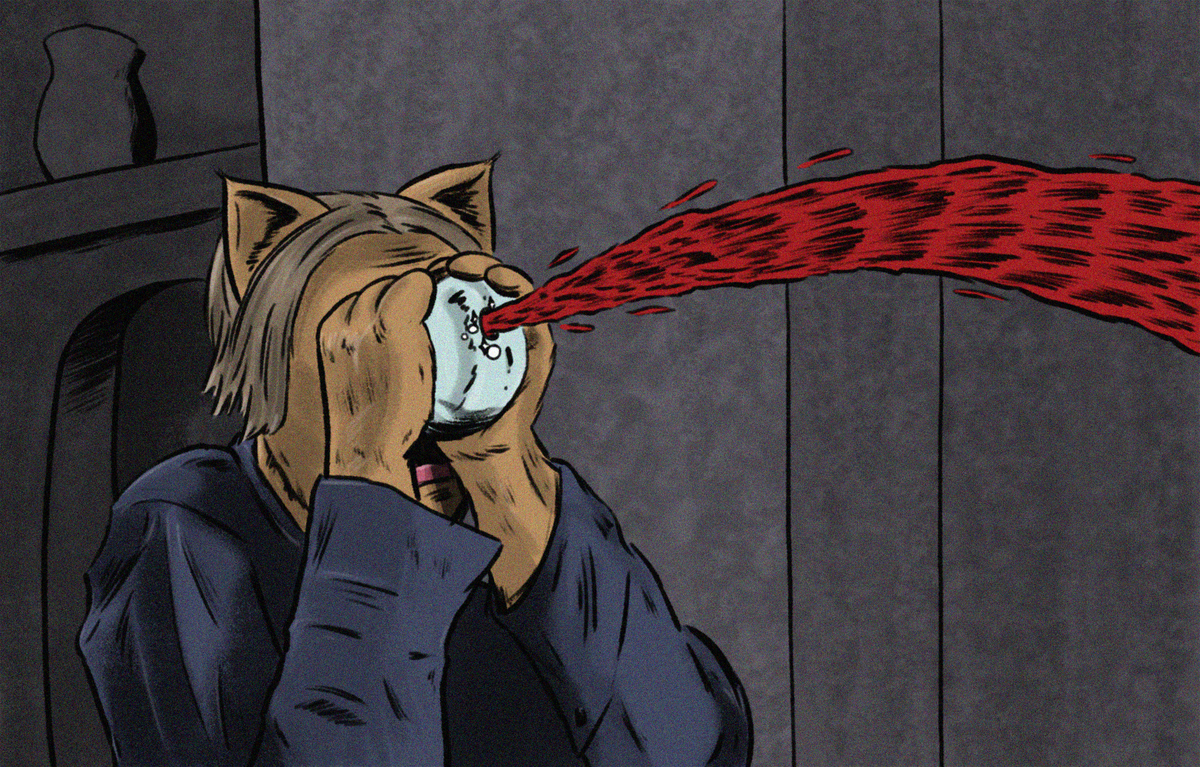Phantasm (1979)

I’ve recently had some friends ask me what my favorite horror movie is. It’s tricky to answer because even though I love the genre, and many of my favorite films are horror, I’ve never considered myself a true horror head. I’ve gone to a screening of a rare 35mm print of Suspiria of course, but on the other hand, I don’t have a Letterboxd list of my favorite Shot-On-Video slashers. Even so, I wanted to give a quick shout out to the movie that made me love horror: Don Coscarelli’s 1979 film, Phantasm.
I actively avoided horror movies growing up because I was Mormon and a coward. I never went to haunted houses, I didn’t like ghost stories, and I couldn’t sleep for days after watching the Exorcist segment on VH1’s I Love The 70s. But in college, I dated someone with a Fangoria subscription who started introducing me to the genre, and when they put on Phantasm I knew I was watching something special.
The movie follows a boy named Mike as he investigates a mysterious mortician, known only as The Tall Man, who he sees stealing bodies from the cemetery. Mike is helped by his older brother Jody and their best friend Reggie, a guitar playing ice cream truck driver. As they dive deeper into the mystery, the three soon find themselves harassed by cloaked goblins, chased by flying chrome spheres, and opening up a portal to another world.
Phantasm was made independently for about $300,000 between the years 1977 to 1979. In addition to writing and directing, Coscarelli served as the director of photography and the editor due to the film’s limited budget. The amateurish quality of the production comes through in the final product, but instead of hurting the film, this ultimately works in its favor.
True to the film’s title there’s a dreamy quality throughout all of Phantasm. There’s a cold distance in the sound design, and haziness in the photography. The score uses a repeated synth motif that often feels discordant. The characters and their world feel fully realized, but not introduced or explained. We can tell there’s backstory there, but we’re not getting it. This is due in part to how extensive the editing was—so much was left on the cutting room floor that they were able to use it for a sequel twenty years later. As such, the story follows a kind of dream logic, and you’re never entirely sure if things are actually happening or if this is in Mike’s head. The movie never clears that up for you, leaving you with more questions than answers.
Coscarelli’s inspiration for the movie was a nightmare he had as a teenager, and Phantasm feels like watching one.
